This “Special Edition” Blu-ray release from Arrow Video will be available for purchase (www.arrowvideo.com – www.facebook.com/ArrowVideo/) on September 17th.
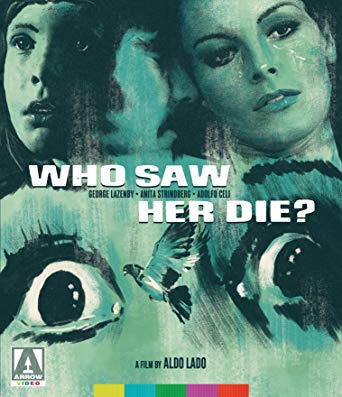
1972 was a very big year for Italian “giallo” films. For those unfamiliar with the genre, these features were crime/murder/mystery tales, often with a dark and violent edge. Dario Argento had just found worldwide success over the previous two years with his “Animal trilogy” (The Bird with the Crystal Plumage, The Cat o’ Nine Tails and Four Flies on Grey Velvet). Naturally it came as no surprise that most Italian film companies quickly started producing their own pictures with remarkably similar elements. The result was an incredible mass of genre titles; perhaps it was too enormous, as well over 30 films using the format were released that year.
One of those releases lost in the shuffle was Who Saw Her Die? The titled failed to garner much of a release outside of Italy and Europe, even though it offered a few different components and strove to distinguish itself. Now, Arrow Video had decided to revisit the title, presenting a sparkling new 2K restoration of the uncut feature with a bevy of bonuses that really show off the picture’s numerous strengths. It may not necessarily be a genre masterpiece, but it does have several interesting qualities going for it. Fans of the genre will most definitely find the movie worth their while.
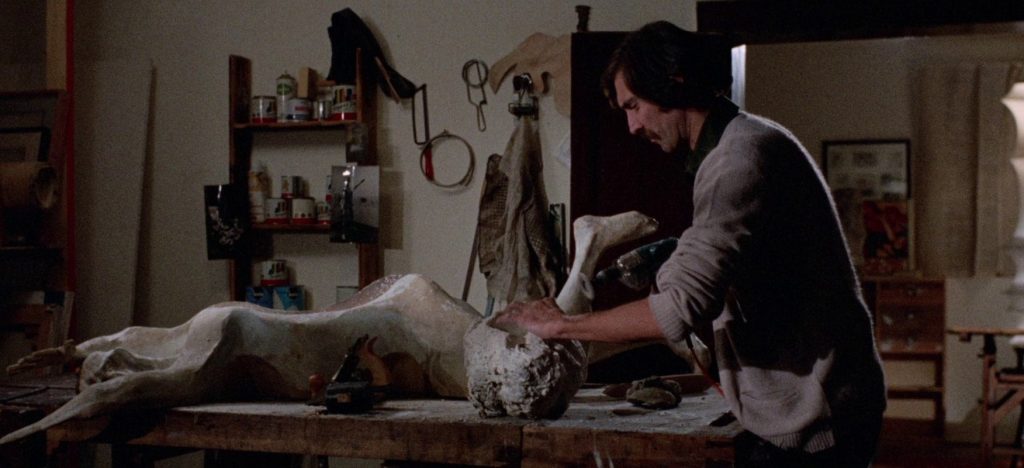
The story involves a bizarre old woman dressed in black, stalking and murdering children. After witnessing one of her slaying in the French Alps, the story moves to scenic Venice, Italy, home to artist Franco Serpieri (George Lazenby). When his ex-wife Elizabeth (Anita Strindberg) sends their daughter Roberta (Nicoletta Elmi) out for a visit, he’s thrilled to welcome her. Unfortunately, the young girl is soon stalked by the psychotic woman. When the child disappears after going out to play with neighborhood kids, Franco must deal with tragedy head on. The despondent lead and his ex-spouse attempt to deal with the loss and find the responsible party.
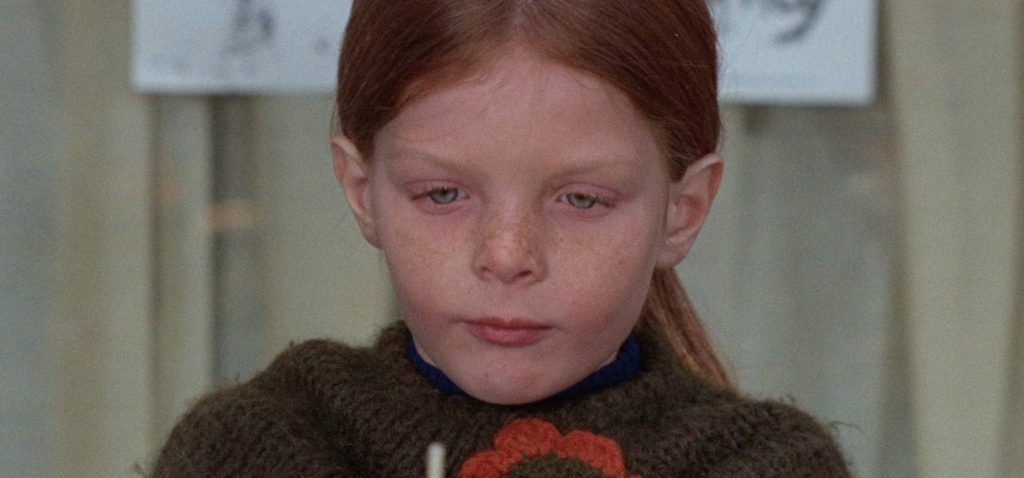
This picture is quite eerie, perhaps because of its memorably bizarre killer and the innocent youngsters being targeted. Thankfully, it isn’t an exploitative picture. While very disturbing things do happen, the film isn’t explicit in its violence and avoids elaborate murder set pieces, instead taking a more suggestive approach. Instead, the film appears to be more interested in its characters and how they deal with incredible loss. While this approach may not be every horror fan’s cup of tea, it does add some weight and significance to the proceedings.
Lead performer Lazenby had previously donned the mantle of James Bond for On Her Majesty’s Secret Service in 1969 and had just parted ways with the franchise. Here, the actor appears to be trying to get away from the famous spy character. He plays a decidedly different type of protagonist, donning a shaggier, hippie-like appearance and avoiding grand heroic acts, instead suffering with grief and anger. Alas, it seems Lazenby’s voice may have been dubbed by another actor in post-production (a common trait for all Italian pictures), but it isn’t very noticeable and is quickly forgotten. The protagonist remains very believable and relatable, which is an especially impressive accomplishment for a low-budget genre flick.
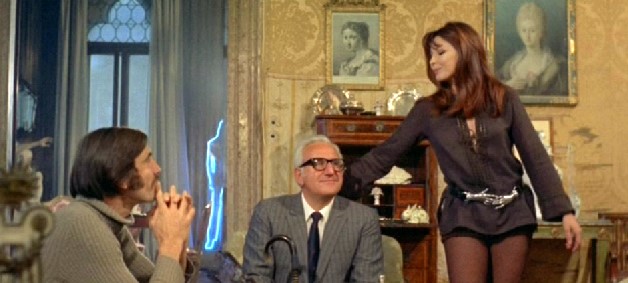
As Franco begins to investigate, the movie also offers some unique turns that were more than edgy for its day. He soon learns that the city’s wealthiest and most powerful people harbor some disturbing and dangerous secrets, and these crimes begin to result in unusual deaths involving adults. Even a friendly priest with a connection to the artist is placed under some suspicion. While the pacing is relaxed and events play out in a low-key manner, these bits are very different and add a bit of distinction to the story. Today’s releases are sometimes referred to as being forward-thinking when taking on institutions and the establishment, but movies like this were bringing up many of the same issues some 45 years earlier.
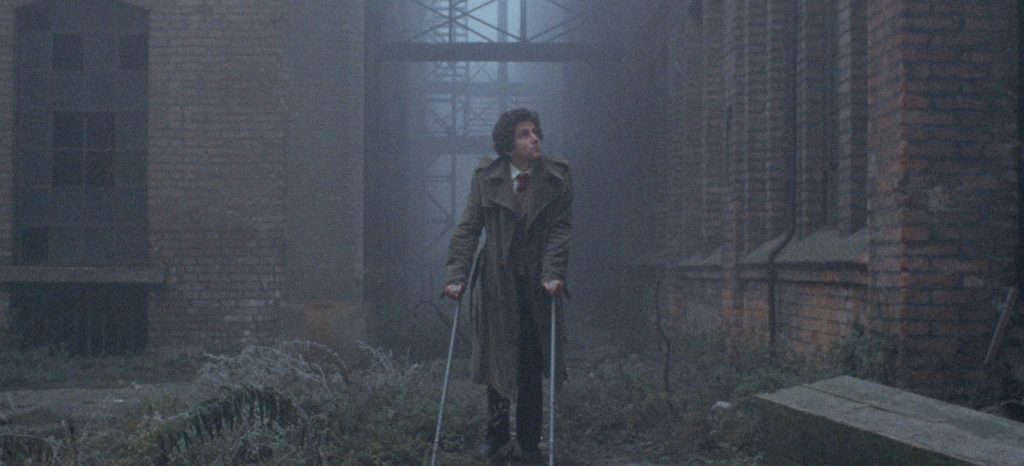
The movies biggest highlights are its visuals and score. Shot during the Venice winter, the time of year adds an element of eeriness to the proceedings. Public areas are quiet and flooded out, while banks of fog appear regularly in the background. The locations are gorgeously shot in widescreen by Franco di Giacomo, a young cinematographer who had just shot Four Flies on Grey Velvet and would later lens The Postman (Il Postino). And the movie benefits from a memorable musical accompaniment by the incomparable Ennio Morricone (The Good, the Bad and the Ugly, The Untouchables, The Hateful Eight). The main theme features a choir of children; the melody is memorable and sticks around in the head long after the end credits have rolled.
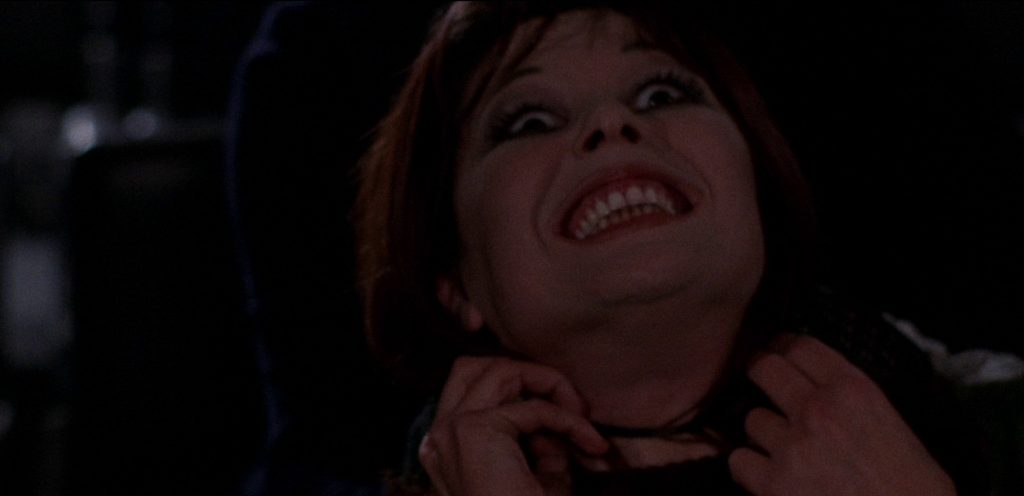
While the feature isn’t always tension-filled and has some imperfections, it does distinguish itself from the pack thanks to its story, photography and music. The Blu-ray from Arrow Video also makes an equally positive impression. The movie has been difficult to obtain in this part of the world since its release, yet the distributor has given it a new and exceptionally sharp 2K restoration from the original 35mm camera negative. Viewers can choose either the English or Italian language version of the movie, and there are plenty of other extras worth seeking out.
There’s a great commentary from a film historian who provides biographical details about the cast and crew. He also notes the themes present and how director Also Lado uses the characters to attack the elder generations of Italy. The elderly suspects are more powerful than the youthful leads and incredibly crooked, manipulating the youth and even using them cover up their own crimes and indiscretions). Additionally, he goes into depth about the run of “giallo” films that were released in 1972, offering information about other titles worth seeking out. There’s also a great interview with a film expert and author who goes into more details about this picture and its place within the genre.
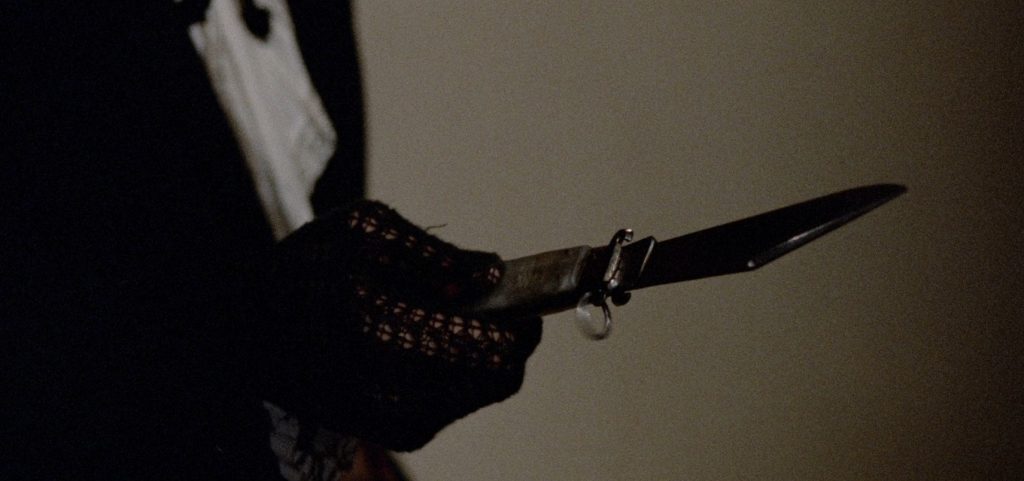
The disc also boasts some great cast and crew interviews, including one with now grown-up Nicoletta Elmi on her career, as well as another with the screenwriter (who tells some interesting stories even if he rambles a little bit and makes some claims that can’t be substantiated). The highlight may be a lengthy interview with director Lado, who talks about his work on the film and how some of the ideas came about. He describes working with Lazenby on a limited budget, and some personal encounters as a young man that informed the movie’s critiques of the Catholic Church and old wealth. He also voices disappointment with a final voice-over after the climax that was added by the producers in order to avoid controversy (viewers watching for the first time should ignore it).
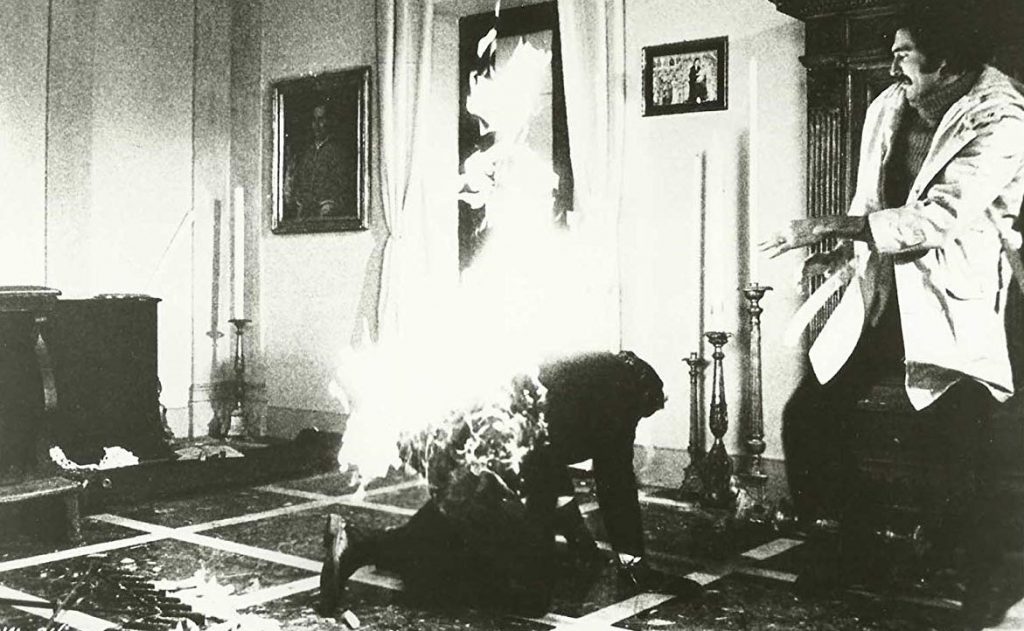
Who Saw Her Die? ends up being a surprisingly unique and interesting little lost obscurity that keeps viewer attention throughout its running time, even if it isn’t quite as grandiose as a Dario Argento picture. It’s great to see the movie finally get its due with such excellent treatment by Arrow Video. This Blu-ray will make a solid addition to any collector who enjoys eccentric Italian thrillers from the 70s.


